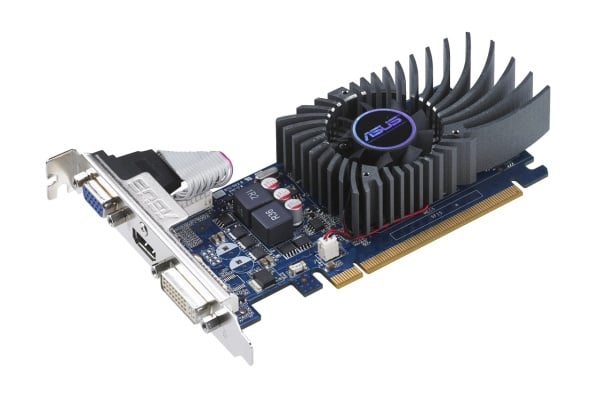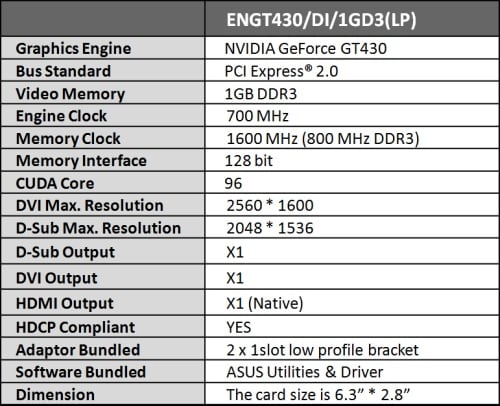NVIDIA GeForce GT 430: Cheap DX11 Graphics
Introduction and Specifications

Throughout the third and fourth quarters of '09, and right through the beginning of this year, we watched as AMD launched graphics card after graphics card, until their full product line of DX11 Radeon HD 5000 series parts filled virtually every possible market segment. More recently, NVIDIA has had the chance to answer with a number of video cards of their own based on the company's Fermi architecture. Although it was released much later than NVIDIA would have liked, the current flagship GTX 480 ended up taking the crown as the fastest single GPU on the market. And since then, the GF104 based GeForce GTX 460 has made a strong statement as one of the best mainstream options available, combining an affordable price with relatively strong performance and impressive scaling in SLI.
Up to this point, however, NVIDIA was yet to push the entry-level market with a DX11 capable GPU. To be clear, we're speaking of the segment above integrated graphics solutions found on many motherboards. While the recently released $129 GTS 450 is a strong performer for the price, it didn't achieve the same sort of critical acclaim as the GTX 460, or the performance advantage that the GTX 480 has over its competition in its market segment. With the release of the GT 430, NVIDIA aims to better position itself in the media PC market, where hardcore, high resolution PC gaming takes a backseat to HD video playback, photo and video editing, and Blu-ray 3D capability. Read on to find out just how well the GT 430 performs, and where it stands compared to its AMD Radeon counterparts.
|
The Asus ENGT430 card we'll be featuring in this article is powered by the GF108 GPU. Like the other members of the GeForce 400 series, it's based on NVIDIA's Fermi architecture, and we should also point out this GPU is already available in a mobile version. The core is clocked at 700MHz and features 96 CUDA cores, 16 texture units, 1GB of DDR3 memory at 800MHz, and a 128-bit memory interface. In addition, total memory bandwidth is rated at 28.8GB/s, while texture filtering peaks at 11.2GT/s.
The NVIDIA GF108 GPU is manufactured using TSMC's 40nm process, and is comprised of 585 million transistors. While these specs currently represent the lowest within the desktop Fermi product line, the GF108 also offers the most manageable thermal design power (TDP) of only 49W.









